Description
Forget Me Not Myosotis Alpestris White new
Forget Me Not Myosotis Alpestris White new One of the most popular filling plants for spring bedding, often seen planted in the company of wallflowers or tulips. Excellent for ground cover and thrives in moist soils. It is a neat little plant, forming mats of brilliant white flowers through to early summer upon which it readily self seeds. Easy to cultivate. Hardy Biennial. 6-8 inches.
Cultivation Advice
- Choose well-draining, moist soil rich in organic matter. Forget-Me-Nots prefer slightly acidic to neutral soil with a pH around 6.0 to 7.0.
- Plant Forget-Me-Nots in partial shade to full shade. They thrive in locations with dappled sunlight or filtered shade.
- Sow seeds directly in the garden in early spring or late summer.
- Press the seeds lightly into the soil surface, as they require light for germination.
- Keep the soil consistently moist until the seeds germinate.
- Maintain even moisture, especially during dry spells. Water at the base of the plants to keep foliage dry and reduce the risk of diseases.
- Apply a layer of organic mulch around the plants to retain soil moisture, suppress weeds, and regulate soil temperature.
- Plant Forget-Me-Nots alongside other shade-loving plants or as a ground cover in woodland gardens.
- Forget-Me-Nots generally don’t require heavy fertilization. A light application of a balanced, all-purpose fertilizer in spring can be beneficial.
- Deadhead spent flowers regularly to promote continuous blooming and prevent self-seeding.
- Thin overcrowded seedlings to maintain proper spacing, allowing for good air circulation and reducing the risk of diseases.
- Forget-Me-Nots are excellent for naturalizing in shaded areas. Allow them to self-seed for a charming, spreading display.
- Grow Forget-Me-Nots in containers or hanging baskets for a portable burst of white blooms in shaded patios or balconies.
- Forget-Me-Nots are generally hardy, but in extremely cold climates, provide a layer of mulch to protect the plants during winter.
- Monitor for pests like aphids and treat promptly with insecticidal soap if necessary.
- Keep an eye out for powdery mildew, especially in humid conditions. Provide adequate spacing and airflow to reduce the risk.
- Use Forget-Me-Nots as charming edging plants or along borders to add a touch of elegance to your garden.
- Embrace the self-seeding nature of Forget-Me-Nots, allowing them to naturalize and surprise you with new blooms each season.
- Incorporate Forget-Me-Nots into cottage gardens, woodland settings, or along the edges of water features for a charming and natural look.
- If your soil is heavy or clayey, amend it with well-rotted organic matter or compost to improve drainage.
- Pair Forget-Me-Nots with shade-loving companions such as hostas, ferns, or bleeding hearts for a visually appealing combination.
- In early spring, remove any debris or mulch covering the plants to allow for new growth.
- Forget-Me-Nots attract pollinators like bees and butterflies. Consider them for pollinator-friendly garden designs.
- While Forget-Me-Nots are not commonly dried, you can press the flowers for crafting or preserving them in a small keepsake.
- Ensure good drainage in containers and choose a high-quality potting mix specifically formulated for flowering plants.
- Check and adjust the soil pH if needed to maintain optimal growing conditions for Forget-Me-Nots.
- While Forget-Me-Nots prefer consistent moisture, they can tolerate short periods of drought. Water during extended dry spells.
- In hot climates, provide additional shade during the hottest part of the day to prevent stress on the plants.
- If your soil has drainage issues, consider planting Forget-Me-Nots in raised beds to ensure proper water drainage.
- Enjoy Forget-Me-Nots indoors by cutting a few stems for delicate and charming floral arrangements.
- Include Forget-Me-Nots in children’s gardens to introduce young gardeners to the joy of growing and appreciating nature.
- Keep a gardening journal to note blooming times, any issues faced, and other observations for future referenc
- For extended blooming periods, consider planting late-season bloomers to follow the initial burst of spring flowers.

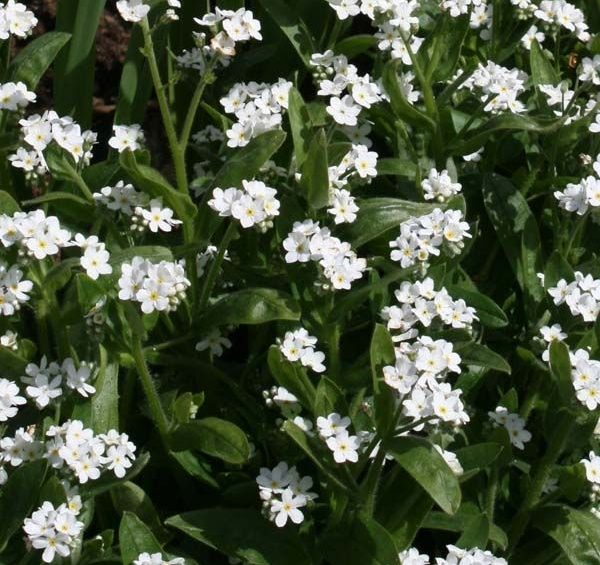
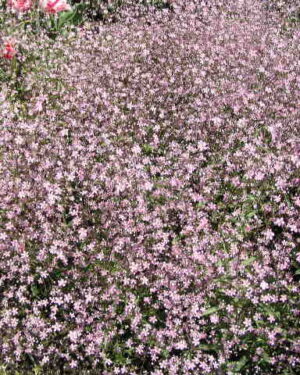
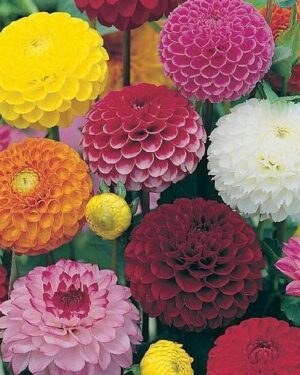
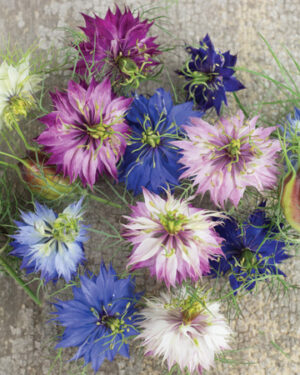



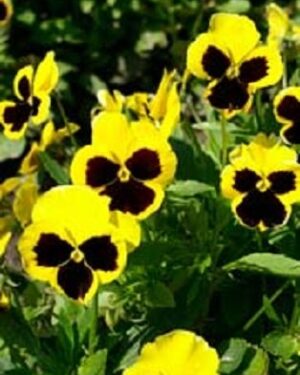
Reviews
There are no reviews yet.